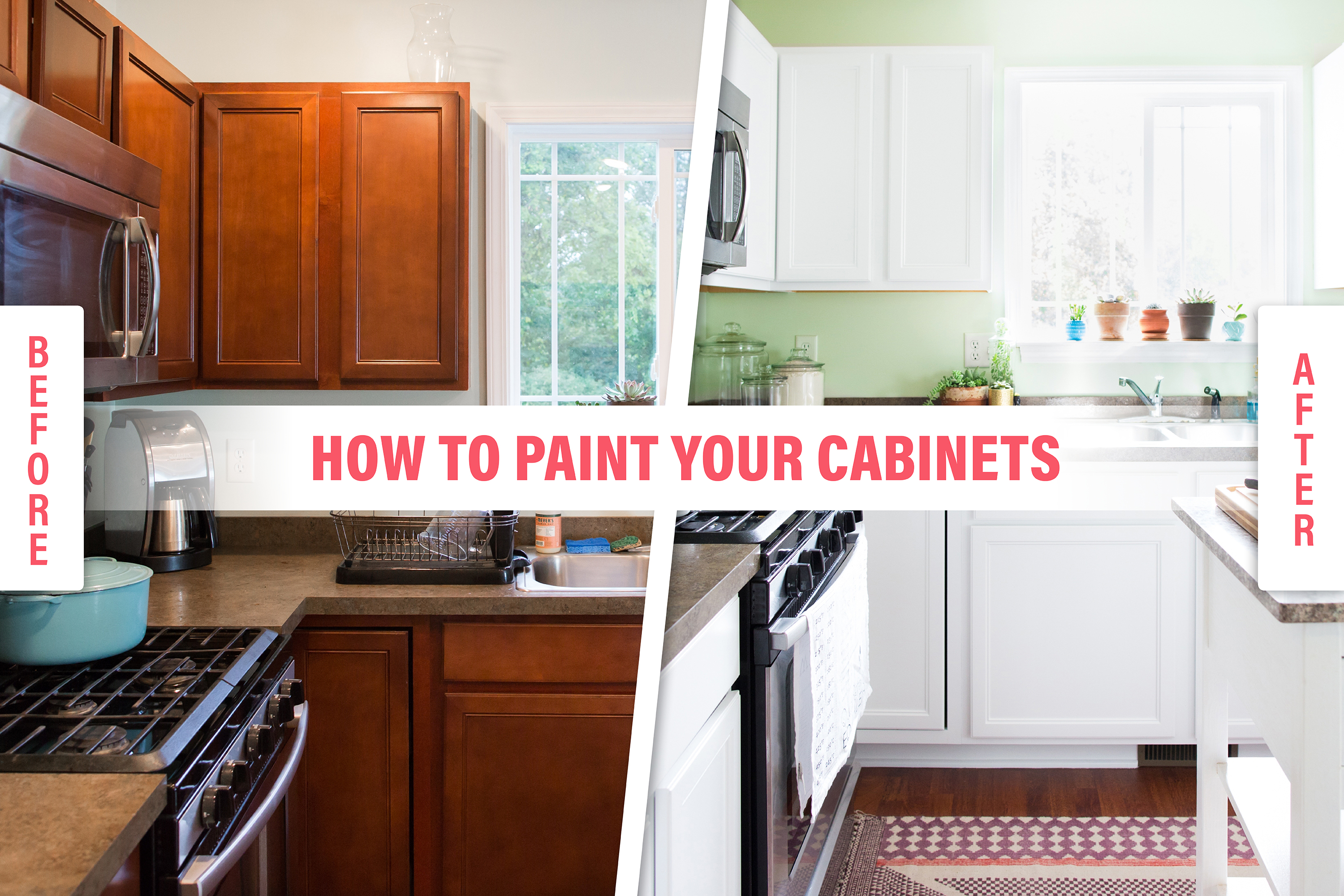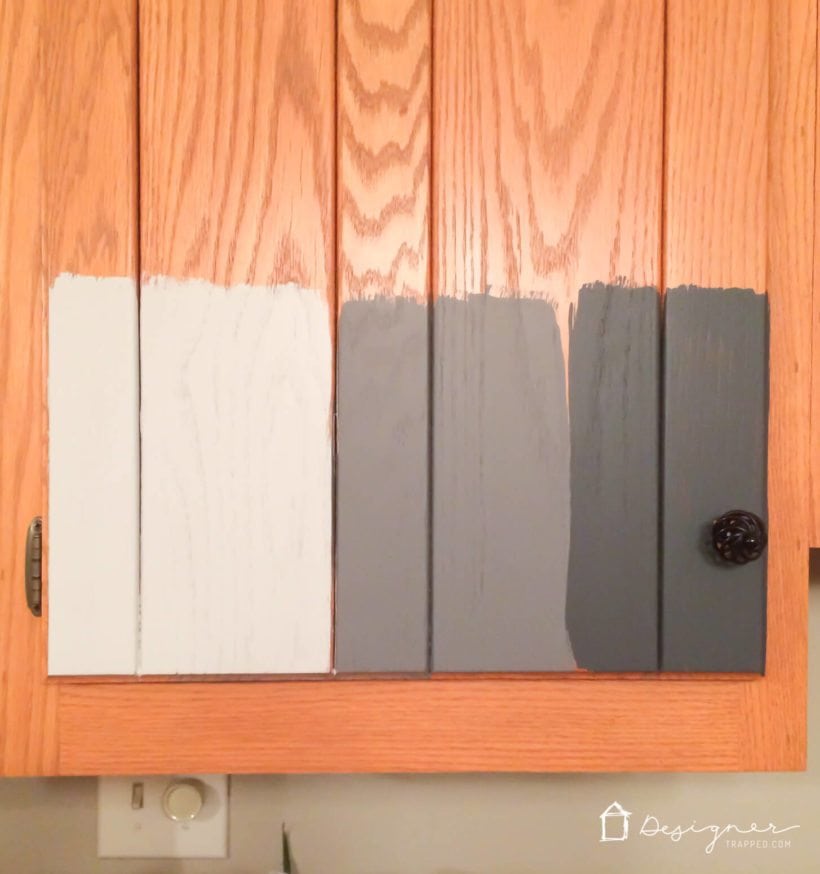What Does Pro Tips For Stripping Paint From Cabinets - Residential Painting.Contractors Do?
On the disadvantage, the procedure can produce a great deal of moisture and fill wood. Heat removing is like a tango in between the hand holding the heater and the one with the scraper. Hover the device over the surface. When the paint bubbles, gradually move the heater along and try to develop a rhythm so that you're scraping and warming in unison.
If you're going to use a chemical stripper, understand that anything that eats paint is hazardous which getting the job done without methylene chloride (see above) will be more secure however slower. These wood removing items include less poisonous, less noxious ingredients and eliminate both latex and oil paints. A paste with a frosting-like consistency that can be brushed, rolled, or sprayed on - Cabinet Painting 28227.
Benzyl alcohol One coat gets rid of as much as 15 layers of paint. 3 to 24 hours Remove the paint, scrub off the residue with a wet nylon brush, and wash with water. Cabinet Painting Contractors 28214. about $65 per gallon This paste deal with a paper cover to control evaporation. Ideal for lead paint and masonry, but can stain furniture woods.
The Ultimate Guide To How To Paint Kitchen Cabinets And A important site 5 Year Update!
/Openkitchencabinet-GettyImages-966261294-26aaf7ddcdb54762a6a7f7f46691db4b.jpg)

12 to 24 hours Peel the paper and scrub the surface area with a damp brush; let dry completely, then use a neutralizing service. about $45 per 1 gallons This wood stripper is an orange gel, best on furnishings details and flat surfaces since it is thin. N-Methyl-2-pyrrolidone (NMP) A -inch coat gets rid of up to seven layers of paint.
about $20 per half gallon Years earlier, if you needed a fast-acting chemical paint stripper, you chose an item that included a seriously poisonous chemical called methylene chloride (likewise called dichloromethane, or DCM), cranked up the fan, and got the job done quickly. Cabinet Painters Charlotte. Usually speaking, the faster a chemical consumes through paint and finish, the more harmful it is, and DCM is fastpaint starts to bubble in minutes.
Prolonged direct exposure to DCM, through the lungs or skin, has actually been connected to liver damage, cancer, and even death. The vapors can overwhelm air-purifying respirators, and simply a couple of whiffs can leave you wheezing and dizzy. Europe banned it for domestic use in 2010. While DCM-containing paint strippers are still commonly offered in the U.S., the Centers for Disease Control and Avoidance has connected the active ingredient to 13 deaths in 10 states.
How To Remove Paint From Nearly Any Surface - Diy ... - Questions


No paint-stripping undertaking is complete without an arsenal of scrapers to usher away softened paint. A 5-in-1 paint scraperalso called the "painter's tool" because the curved edge can be utilized to clean up a paint rolleris the go-to tool for getting rid of most kinds of paint. Metal pull scrapers come with changeable blade profiles to match the surface area you require to strip, providing more control than push scrapers in tight spots or on fine details.
After that, change or resharpen the blades. "Keep a hand file close by to quickly restore the edge of a steel scraper," says TOH basic contractor Tom Silva. "Brace the scraper against a flat surface, attempt to follow the original bevel, and constantly file in the very same instructions." Carbide blades hold an edge a lot longer than steel, but resharpening needs a diamond stone and some skill.

When using push scrapers, select plastic over metal, to avoid gouging; this is specifically important with chemical strippers, which can soften wood. Nearly 90 percent of homes constructed before 1940 have some paint loaded with this toxic metal. Although its usage entered into steep decrease after 1950, lead-based paint wasn't banned in the U.S.
Some Ideas on How To Remove Old Polyurethane and Stain From Cabinets - Residential Painting.Contractors - 704-931-8438 You Should Know
Here's how to identify it. Utilize an utility knife to make a V-shaped cut through all the layers of paint, then brush the groove with a LeadCheck swab. An intense red color indicates lead exists. Scrape a table-spoon of chips into a bag and send them to a lab for screening.
For a few hundred dollars, a licensed lead inspector will conduct an X-ray fluorescence test to recognize the amount of lead present in all the painted surfaces in your home. Lead is nasty. Exposure can raise your blood pressure, stress your nerve system, and harm your memory, amongst other risks. Cabinet Painting 28208.
If you wish to remove lead-based paint yourself, in addition to the gown and prep actions (next), follow these precautions: Usage just heat or chemicals to prevent kicking up lead-laced chips and dust If you must sand, use equipment fitted with a shroud and a HEPA vacuum accessory. Wet-sand stripped surface areas to reduce dust.
Examine This Report about How To Paint Pine Kitchen Cabinets - Residential Painting.Contractors - Refinishing Old Pine Cabinets Correctly...
Place particles in specialist bags; seal with duct tape. Find better tips at www2.epa.gov/ lead. Skip canvas drop fabrics in favor of 6-mil plastic sheeting, which won't trap great grit or let chemicals seep through. Extend the sheeting at least 6 feet beyond the workspace and overlap and tape the edges.